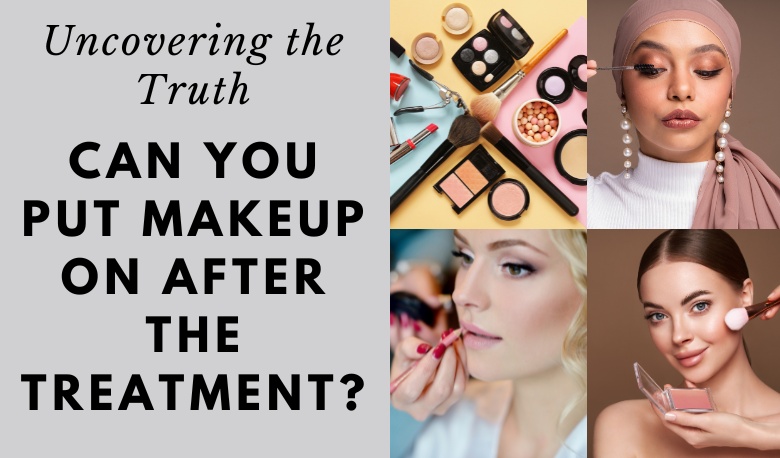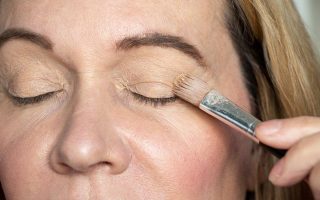Many cosmetic procedures, whether clinical facials, microneedling, or chemical peels, offer incredible skincare benefits. However, knowing if and when to apply makeup afterward can be confusing. You want to look your best, but you also want to avoid irritating your skin and ensure optimal healing. Let’s explore when it’s safe to wear makeup after various treatments and how to do so for the best results.
The Importance of Following Post-Treatment Instructions
Before applying any makeup, it’s vital to prioritize the aftercare instructions provided by your dermatologist or esthetician. These guidelines ensure proper healing, minimize potential side effects, and achieve the best possible outcome from your treatment.
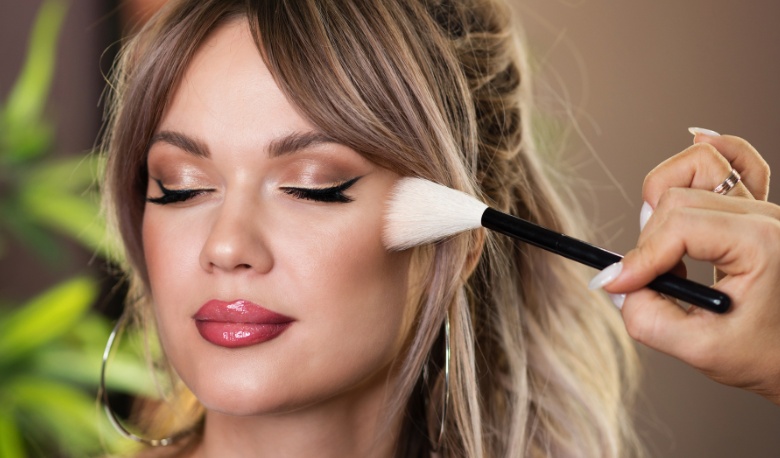
General Waiting Periods: A Starting Point
While specific wait times depend on the intensity of your treatment, here’s a general timeframe for when you might start applying makeup:
- Light Facials: Often, you can safely apply gentle makeup a few hours after a non-invasive facial.
- Microneedling and Light Peels: A waiting period of at least 24 hours is usually recommended.
- Deeper Peels and Laser Treatments: Wait several days or up to a week, depending on the depth and your skin’s healing progress.
When in doubt, play it safe!
If you’re unsure whether your skin is ready for makeup, it’s always safest to wait a bit longer. Your skin will thank you for prioritizing healing!
Signs Your Skin Isn’t Ready for Makeup
Here are common indicators that it’s best to hold off on makeup, regardless of your treatment type:
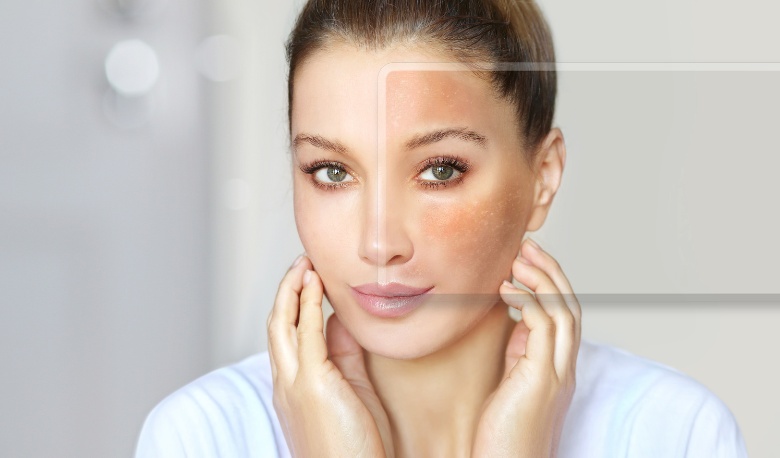
Redness and Inflammation
If your skin appears bright red, feels hot to the touch, or is swollen – this demonstrates that it’s still in an active healing and inflammatory phase. Applying makeup over irritated skin can worsen redness, slow down the healing process, and potentially lead to breakouts or further irritation. It’s important to give your skin the chance to soothe and reduce inflammation before considering makeup.
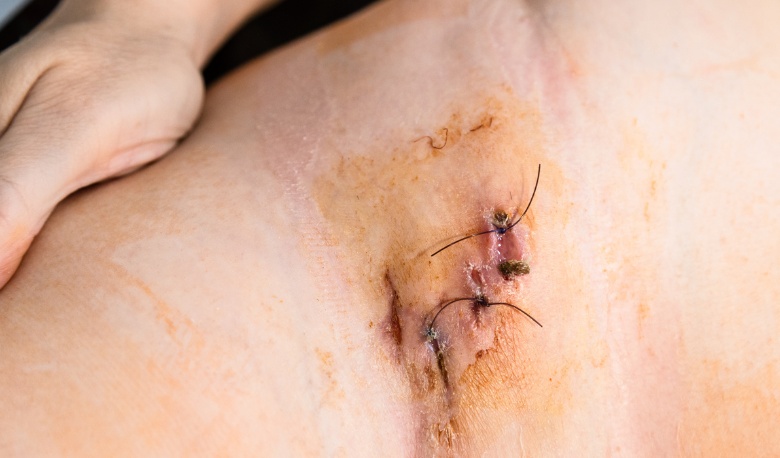
Open Wounds or Scabbing
Any open wounds, cuts, or areas actively scabbing are an absolute no-go for makeup application. Makeup products can harbor bacteria, and applying them directly to compromised skin greatly increases the risk of infection. Additionally, makeup could get trapped in the wounds or interfere with the natural formation of scabs, further impeding the healing process. Wait until the skin is fully healed, any scabs have naturally fallen off, and new, healthy skin has formed.

Pain and Sensitivity
If your skin feels overly sensitive, tender to the touch, or is experiencing pain, it’s signaling that it needs gentle care, not layers of makeup. Adding products to sensitive skin can worsen discomfort and interfere with the natural repair process. Prioritize soothing skincare and give your skin ample time to regain its balance before considering makeup.
Remember: Even if only some areas of your face display these signs, it’s advisable to avoid makeup on your entire face. This allows all of your skin to focus on healing and reduces the possibility of inadvertently irritating the sensitive areas with makeup application.
Makeup Choices for Post-Treatment Skin
When your skin is ready for makeup, opt for gentle, non-comedogenic (non-pore-clogging) products. Here’s what to look for:
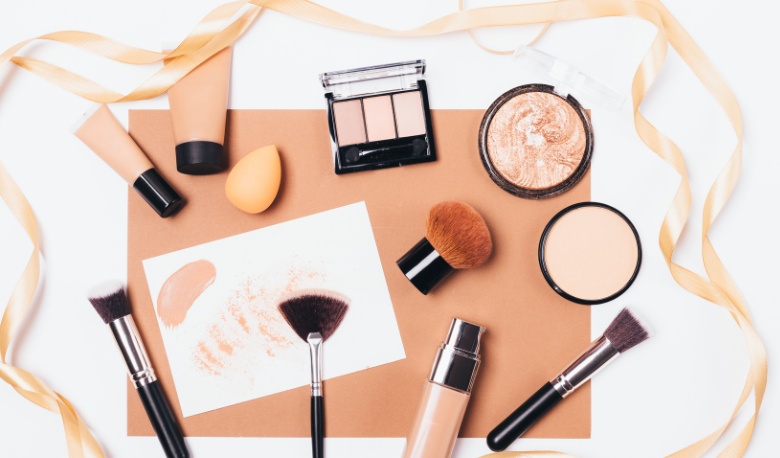
Mineral Makeup
Mineral makeup is often considered the gold standard for post-treatment skin. Primarily composed of natural minerals like zinc oxide and titanium dioxide, these gentle formulas typically don’t contain potential irritants found in many traditional makeup products. Additionally, their lightweight, breathable texture allows your skin to continue its healing process without feeling suffocated.
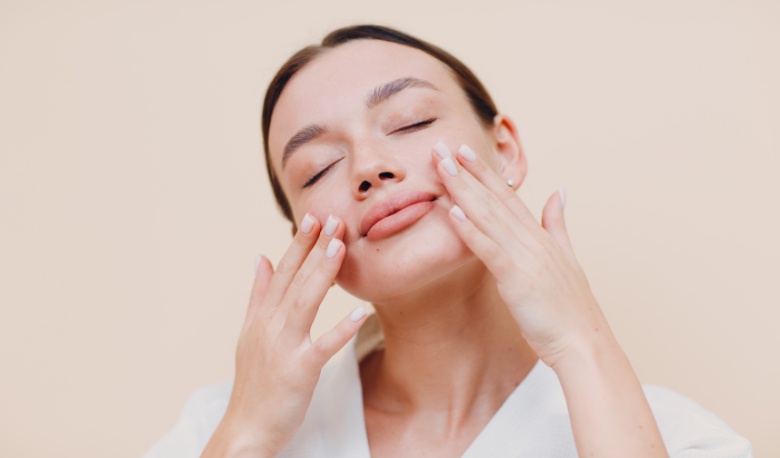
Oil-Free and Fragrance-Free
Always prioritize oil-free products after treatments, as oily formulas can clog pores and increase the risk of breakouts for freshly treated skin. Similarly, heavy fragrances can be overly harsh. Look for products specifically labeled as ‘fragrance-free’ and carefully scan ingredient lists to avoid any known skin irritants.

SPF Protection
Your skin becomes extra vulnerable to sun damage after cosmetic procedures. Choose a foundation or tinted moisturizer with built-in SPF (minimum SPF 30) for an extra layer of protection. Apply your regular sunscreen underneath your makeup for optimal safety.
Clean Ingredients
Seek out makeup formulations with clean, soothing, and anti-inflammatory ingredients to pamper your skin as it heals. Aloe vera is known for its calming and hydrating properties, making it an excellent ingredient to look for. Chamomile acts as a natural anti-inflammatory, helping to reduce potential redness. Hyaluronic acid provides a boost of hydration, combating any dryness or tightness you might experience post-treatment.
Additional Tips
- Look for brands with a focus on sensitive skin: Many brands specifically cater to sensitive skin types and offer a wide range of gentle makeup options.
- Consult product reviews: Read online reviews from users with similar skin concerns and post-treatment needs to identify truly gentle products.
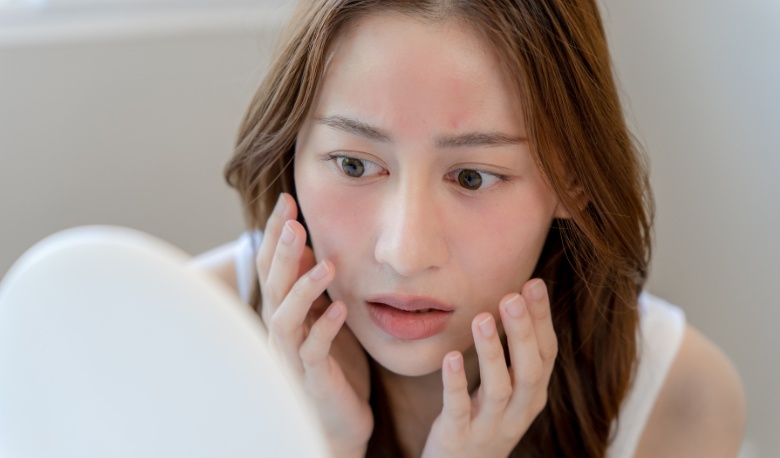
Application Tips for Sensitive Skin
Even with gentle products, the way you apply makeup to freshly treated skin is crucial to avoid irritation and promote healing. Here’s what to keep in mind:
Cleanliness is Key
Maintaining impeccable hygiene is paramount when working with post-treatment skin. Wash your hands thoroughly with soap and water before touching your face to prevent the spread of bacteria, which could lead to breakouts or infections. Additionally, ensure that your makeup brushes or sponges are meticulously clean. Dirty tools can reintroduce bacteria to your skin, negating the benefits of your treatment.
Gentle Touch
Treat your skin with the utmost care! After a treatment, it’s likely more delicate than usual. Use a very light hand when applying foundation or concealer and opt for soft patting or stippling motions rather than harsh rubbing or swiping. Avoid any vigorous scrubbing, which can inflame your skin and slow down the healing process.
Patch Test
If you’re introducing a brand new makeup product after a treatment, it’s wise to perform a patch test. Apply a small amount of the product to a discreet area like behind your ear or your inner forearm. Wait 24-48 hours to observe any potential reactions like redness, itchiness, or bumps before applying the product to your entire face.
Focus on Camouflage
If you’re primarily concerned with concealing post-treatment redness, hyperpigmentation, or uneven skin tone, a lightweight color-correcting concealer may be a better option than a full-coverage foundation. Color correctors neutralize specific undertones, like green to combat redness, allowing you to use less product while achieving a more natural look. This minimizes the amount of makeup sitting on your skin and allows it to breathe.
Bonus Tip: If you find that even the gentlest application causes any discomfort, give your skin another day or two to recover. It’s always better to be patient and cautious for optimal healing and long-term beautiful results!
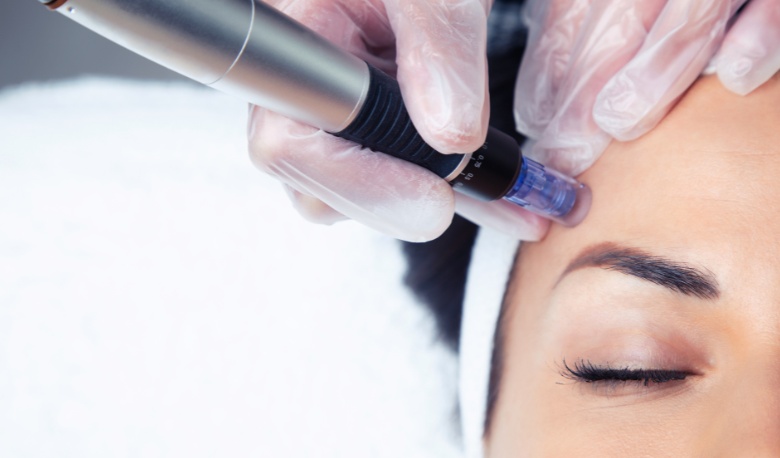
Treatments and Their Specific Wait Times
Let’s break down some common treatments and general guidelines for safe makeup application:
- Microdermabrasion: Usually, you can apply gentle makeup after 24 hours.
- Microneedling: For superficial microneedling, 24-48 hours is often the minimum. Deeper treatments may require waiting several days.
- Chemical Peels: Wait times vary greatly depending on the peel depth. Superficial peels may only need 24 hours, while medium to deep peels can necessitate waiting a week or more.
- Laser Treatments: Depending on the intensity, you might need to wait several days up to a week or more before wearing makeup.
The Value of Professional Advice
Your dermatologist or esthetician is your best source of personalized advice regarding skincare and makeup application post-treatment. They understand your skin’s unique needs and the specifics of the procedure you underwent.
Conclusion
After a cosmetic treatment, it’s natural to want your skin to look its best. While makeup can enhance your appearance, prioritizing healing and following your aftercare instructions is essential. By choosing gentle products, applying with care, and always erring on the side of caution, you can safely incorporate makeup into your post-treatment routine when the time is right, revealing healthy and radiant skin.

